A study finds that school choice has been obstructed since most states implemented the Common Core State Standards.

The study, titled “Common Core, School Choice and Rethinking Standards-Based Reform,” and published by the Boston-based Pioneer Institute, observes that since Common Core was implemented in 45 states and Washington, DC, students have demonstrated sharp drops in academic performance. Additionally, those students who were already performing poorly– many of them minority students – declined even further.
Yet, in the name of accountability, when private school choice programs receive taxpayer-funded vouchers, they are forced to adopt the curriculum on which the standardized test is based in order to ensure their students’ success.
About two thirds of the nation’s. tuition grant (“voucher”) programs mandate that schools administer a single curriculum-based test, usually a Common Core-aligned test, in order to receive the public funds, Pioneer Institute notes in a press release.
“With its near-monopoly status distorting the textbook and other instructional materials markets,” said co-author Neal McCluskey, director of the Cato Institute’s Center for Educational Freedom, “Common Core blunts the innovation, dynamism and competition that is the heart of the school choice movement.”
Results of national and international assessments over the last several years have documented a dramatic decline in U.S. student achievement since Common Core was broadly implemented. Common Core was sold not only as a set of standards that were “rigorous” and designed to encourage higher levels of achievement, but also as a program that would shrink the achievement gap between middle-class students and those from the lower socioeconomic levels.
In April of 2016, only about 37 percent of U.S. 12th graders wereshownto be prepared for math and reading at the college level, according to the 2015 NAEP – also known as the Nation’s Report Card.
Additionally, results released by the National Center for Education Statistics (NCES) showed that, in 2016, the average score in the U.S. on the Progress in International Reading Literacy Study (PIRLS) dropped to 549 out of 1,000 from the average score of 556 in 2011. The results translate into the nation’s decline from fifth in international ranking in 2011 to 13th in 2016 out of 58 international education systems.
The PIRLS revealed achievement for the top-performing 20 percent of students became flat over time, while the lowest 20 percent declined further.
 The authors of the Pioneer study identify two possible avenues for reform of public schools:
The authors of the Pioneer study identify two possible avenues for reform of public schools:
The first is for states to emulate the pre-Common Core Massachusetts model, under which the state engaged a team of visionary curriculum standards drafters to develop clear and ambitious academic goals approximating the highest quality public and private schools. The reality, however, is that most states have not been successful in implementing this model and even Massachusetts in recent years has moved away from this approach in favor of the flawed Common Core.
“The second possibility is to re-conceptualize standards-based reform and accountability,” says co-author Rebarber. “We must shift standards-based reforms away from government central planners in order to disrupt the status quo and leverage innovative, ambitious curricula.”
The authors say states could allow local school districts, vocational-technical schools, and charter public schools to use the curriculum that best fits their needs as they also select an assessment from a variety of state-vetted tests that most closely aligns to the local curriculum.
“[I]t would mean the end of the current misguided model of the national or state testing tail wagging the local curriculum dog, which parents oppose,” states Rebarber. “The result would be a surge in investment at the national and local levels in far more diverse curricular and pedagogical models that do not conform to politically-established, lowest common denominator government curriculum standards.”
The authors recommend that, in two years, Congress “eliminate the mandate that every state impose a single statewide set of curriculum standards and allow states to experiment with diverse approaches to accountability.”
Here is another suggestion for Congress: Mandate that a simple, effective and inexpensive Phonics reading instruction program like Alpha-Phonics A Primer For Beginning readers be used in more public schools.
Alpha-Phonics which has been used for 40 years by Homeschooling Families and has produced ten of thousands of excellent readers (Taught by their Moms) and all at a fraction of what Public Schools spend on teaching reading.

Created to easily teach children to be able to read the WORD
Our MISSION is to provide the most effective, simplest and least expensive 3 R’s teaching materials. Please note the BLACK Horizontal BAR at the top of his Post. You can click to access many sources of information about our Homeschool resources for teaching the Three R’s. There is almost 20 hours of free videos to view including the “24 reasons to Homeschool.” You can also Like us on Facebook. Thanks!

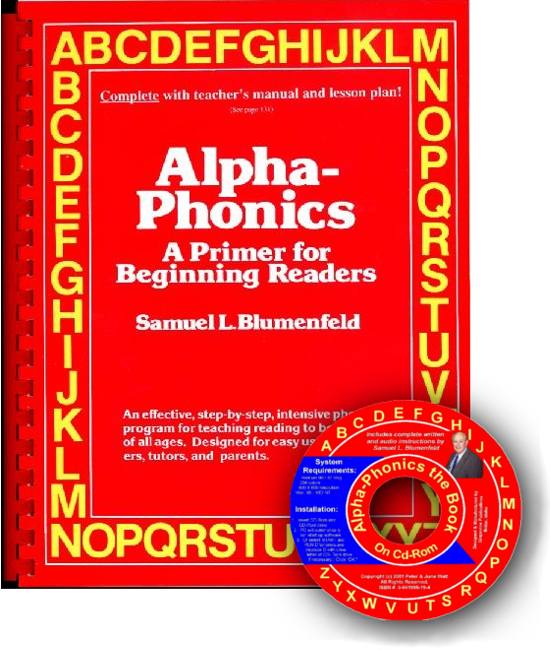 Alpha-Phonics
Alpha-Phonics The Alphabet Song!
The Alphabet Song! Water on the Floor
Water on the Floor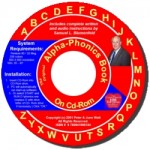 Alpha-Phonics the Book on CD Rom
Alpha-Phonics the Book on CD Rom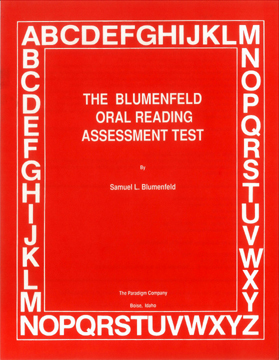 Blumenfeld Oral Reading Assessment Test
Blumenfeld Oral Reading Assessment Test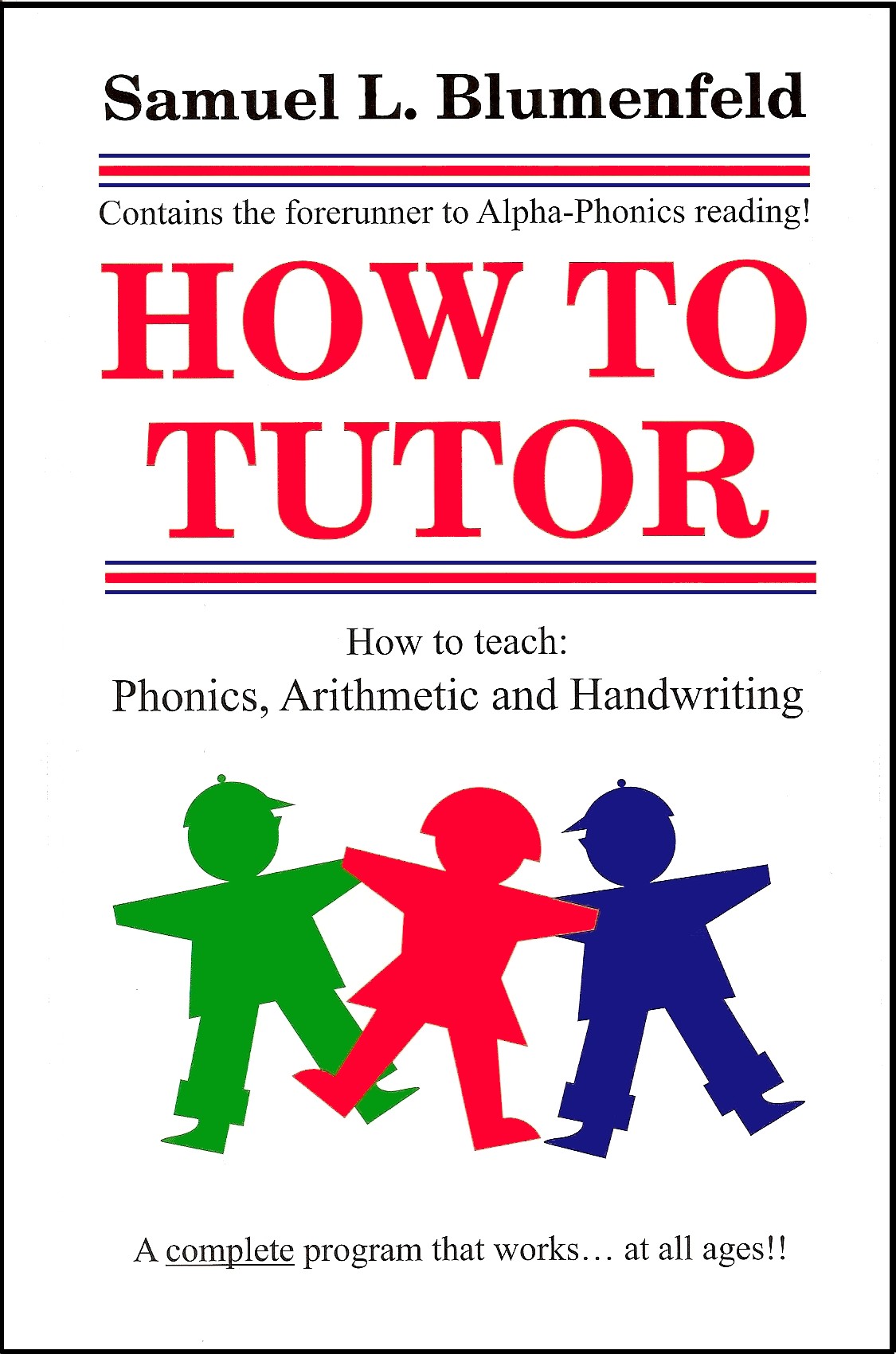 How To Tutor
How To Tutor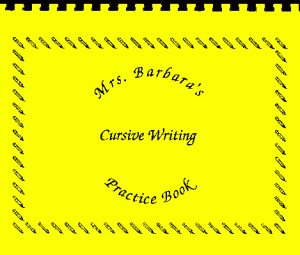 How To Tutor Cursive Handwriting Workbook
How To Tutor Cursive Handwriting Workbook
Leave a Reply
You must be logged in to post a comment.